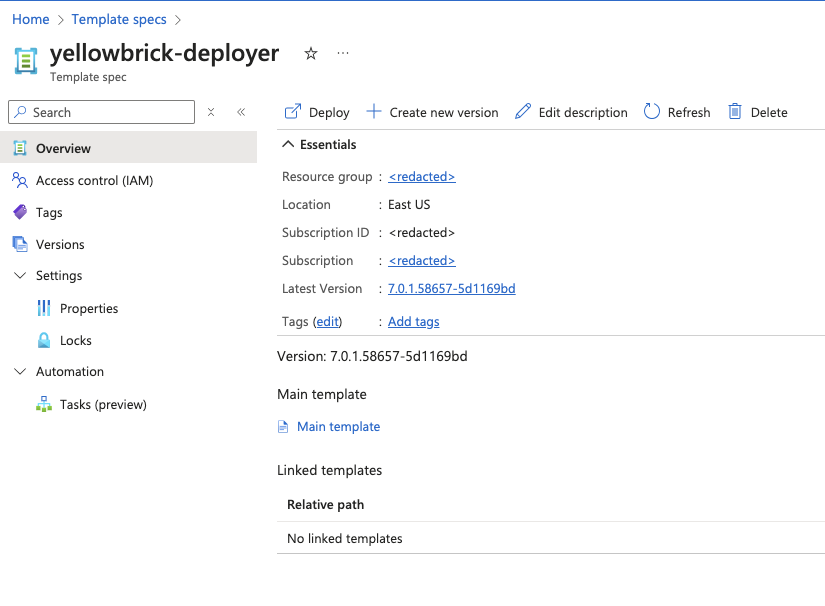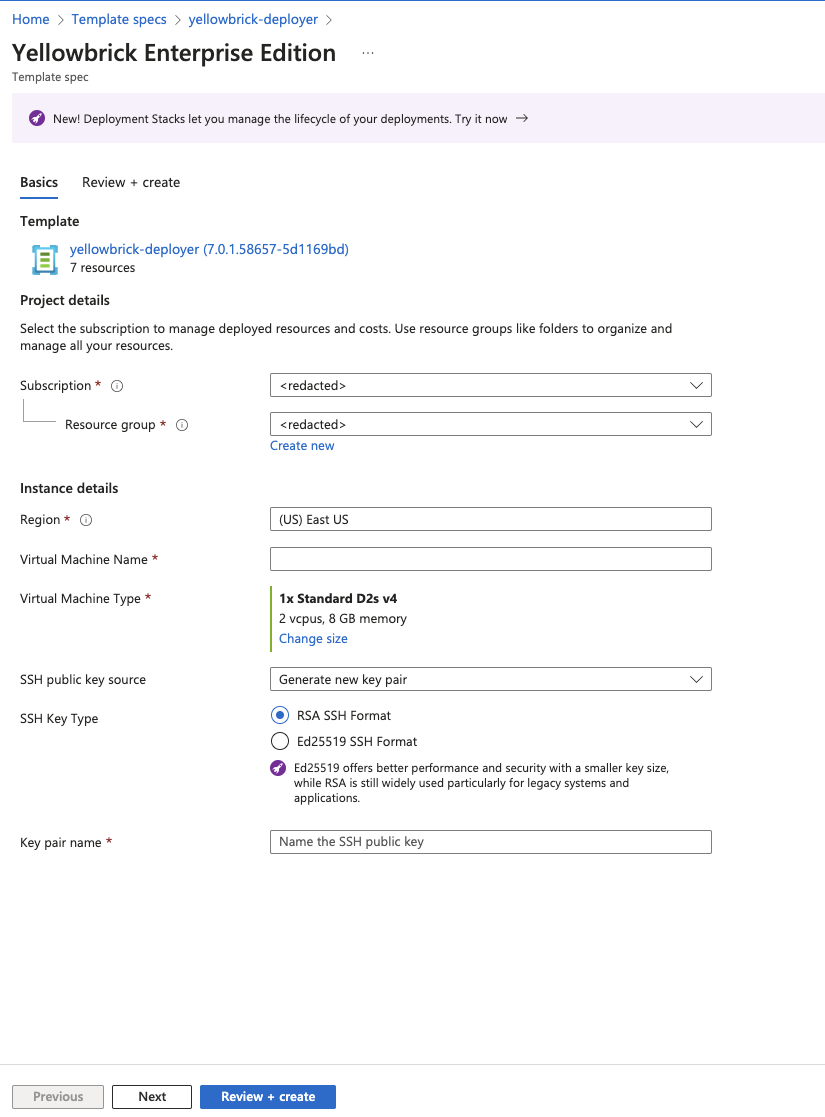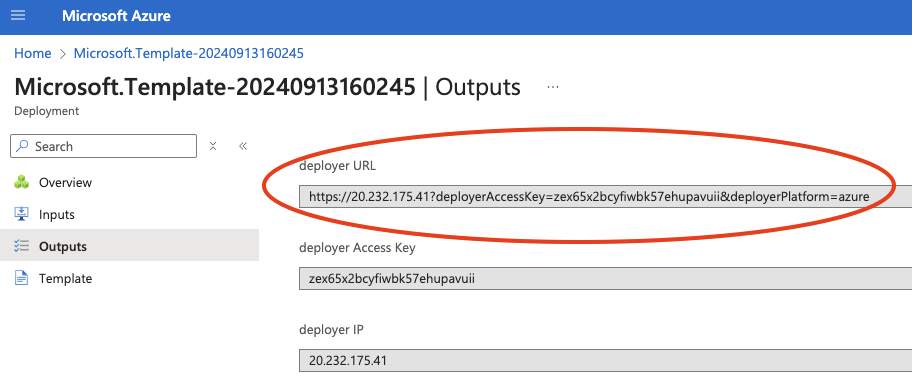Appearance
Azure Public Installation Instructions
Prerequisites
On Azure, you need a resource group and the ability to manage IAM access for it, as you must have the permissions to create and assign roles within that resource group.
It is recommended to use a dedicated resource group to isolate resources and simplify access management, such as by having owner permissions for that resource group.
You can use the Azure Portal to launch the interactive Deployer. However you must also be logged in to the Azure CLI in order to create the template spec as outlined below. Also, you'll need to make sure you can access the network the deployer is running in from a web browser.
Quota
The following minimum Compute quota limits are required to successfully run the Deployer.
| Quota name | Value |
|---|---|
| Standard DDSv5 Family vCPUs | 12 |
| Standard Dv5 Family vCPUs | 16 |
| Standard LSv3 Family vCPUs | 32 |
| Total Regional vCPUs | 60 |
Launching the Deployer
NOTE
By installing Yellowbrick Enterprise Edition software into your Cloud Account, you agree to Yellowbrick’s Enterprise Edition EULA.
The Azure Deployer is based on Azure Resource Manager. It can be deployed by retrieving the template and its associated form, to create a Template Spec that will appear in the Azure portal.
You must first retrieve the two input files:
wget https://ybinstallerprod.blob.core.windows.net/7-1-2-66379-e33141f2/deployment.json
wget https://ybinstallerprod.blob.core.windows.net/7-1-2-66379-e33141f2/form-definition.json
Then create the template spec with the following CLI command:
az ts create --name yellowbrick-deployer --version 7.1.2-66379.e33141f2 --resource-group <resource group name> --subscription <subscription name> --location <location> --template-file deployment.json --ui-form-definition form-definition.json
Once that template spec has been created, you will now see it in the Azure Portal. Trigger its deployment using the deploy button and fill out the requested input fields:


Once the deployment is completed, you will find the URL of the interactive Deployer in the output panel:

Cleanup
When you're done with the Deployer on Azure, you'll need to manually clean up the infrastructure created by the template including a role, permission, disk, virtual network and the VM. The resources will be tagged with key ybd value deployer.